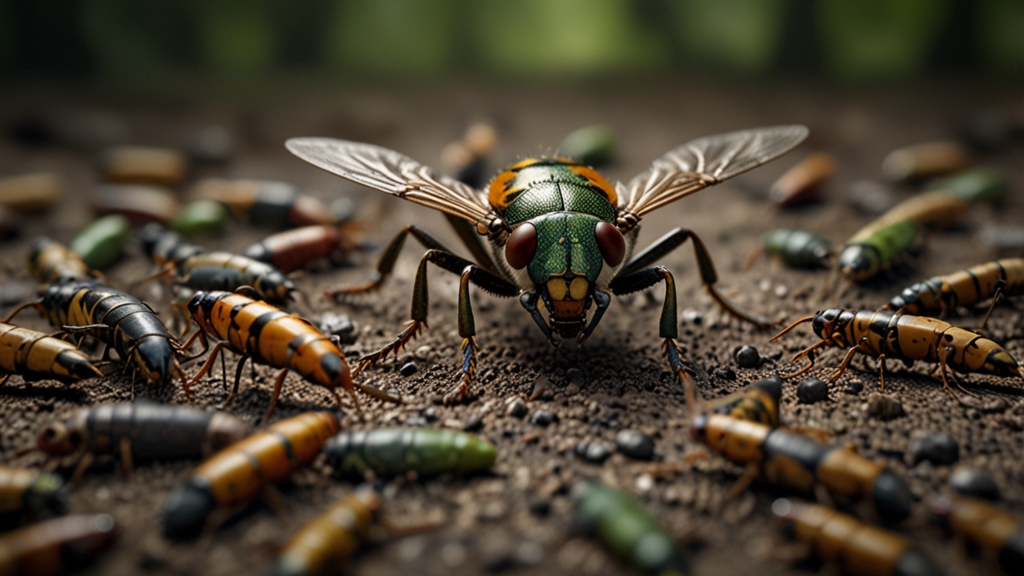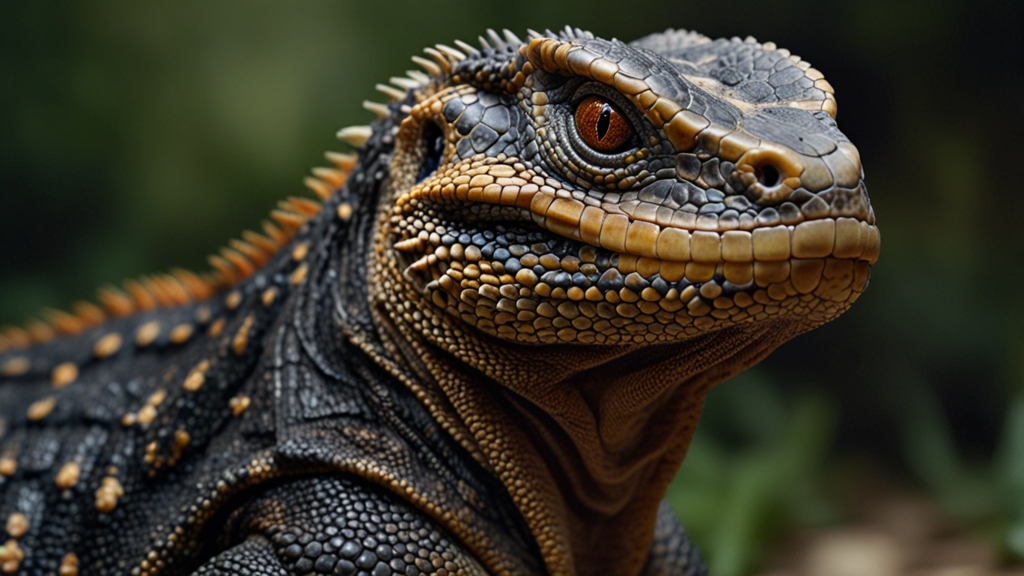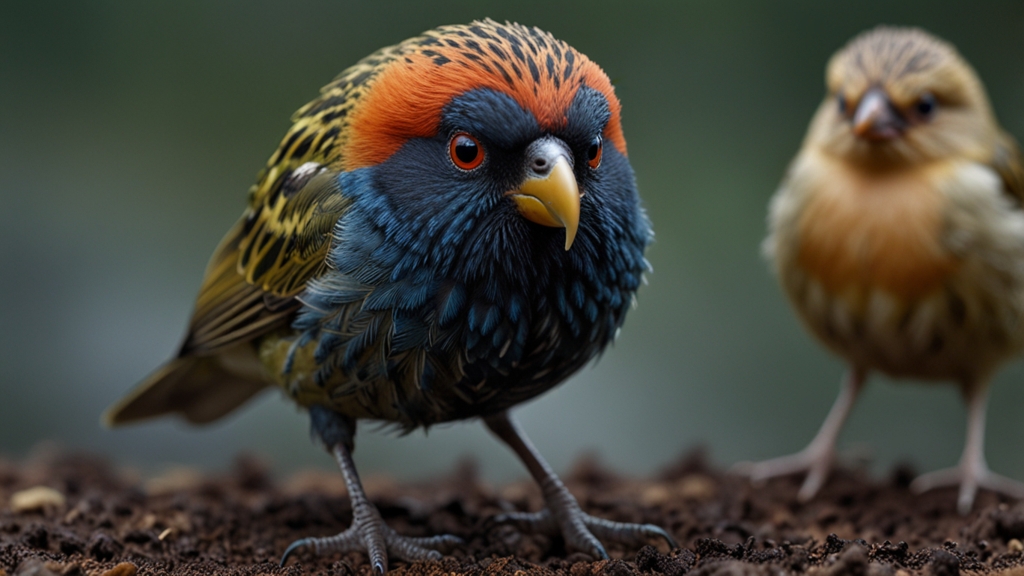The Hidden World of Insect Warfare: Who Are the True Predators?
When we think of predation and warfare, images of lions hunting in the savanna or wolves stalking their prey in the forest usually come to mind. However, a stealthier, more complex battlefield exists in the realm of insects, where strategies, traps, and even biochemical weaponry are employed with ruthless efficiency. Welcome to the hidden world of insect warfare, where size does not determine might, and the true predators are often the unsuspected little heroes and villains of the ecosystem.
The Masters of Ambush
One of the most adept groups when it comes to ambush tactics is the mantis family. These silent hunters use their exceptional camouflage abilities to blend into their environment, striking with lightning speed when an unsuspecting insect ventures too close. Their spiked forelegs are perfectly designed to grasp and hold prey while they feast.
"In the struggle for survival, it is not the strongest or the most intelligent who will survive but those who can best manage change." - Charles Darwin
Similarly, jumping spiders employ stalk-and-pounce tactics that are reminiscent of larger feline predators. With their acute vision and powerful leaps, these spiders can capture prey many times their own size. The element of surprise is their greatest weapon, making them efficient and deadly predators in the miniaturized world of insects.
Engineers of Deception
If ambush tactics are the brute force approach to insect warfare, then deception is the artful subterfuge. Many insects have evolved to mimic their surroundings or other species altogether to avoid predation or to become predators themselves. The orchid mantis, for example, resembles a beautiful, delicate flower; unsuspecting pollinators that come in search of nectar quickly become lunch.
Another fascinating example is the ant-mimicking spider. This arachnid has evolved to look strikingly similar to ants, allowing it to infiltrate ant colonies virtually undetected. Once inside, it preys on the ants, turning a hive of potential predators into its personal hunting ground. These tactics showcase the cunning and innovative approaches insects employ to outwit their enemies.
The Chemical Warfare Experts
In the insect world, chemical warfare is not only prevalent but often a game-changer in survival. Some ants, for instance, release pheromones to communicate and organize complex attacks on rival colonies or predators. These chemical signals can coordinate group behavior, turning an individual weakness into a collective strength.
"Nature, red in tooth and claw." - Alfred, Lord Tennyson
Bombardier beetles take chemical defense to a literal explosive level. When threatened, they mix chemicals within their bodies to produce a boiling, noxious spray that can deter or even kill predators. This high-stakes approach ensures their survival in a world where threats are constant and diverse.
The Puppet Masters: Parasitoids
Perhaps one of the most unsettling forms of insect predation comes from parasitoids, who lay their eggs inside or on a host organism. The young then slowly consume the host from the inside out, a grotesque but highly effective survival strategy. The parasitic wasp is a prime example; it can turn caterpillars into living incubators for its offspring. This relationship is a dark reminder of the lengths to which insect predators will go to ensure their progeny have the best chance of survival.
Who Are the True Predators?
Determining who the "true" predators are in the insect world is a complex task. Each species employs a unique set of strategies tailored to its ecological niche, making them all formidable in their own right. Whether through ambush, deception, chemical warfare, or parasitism, these creatures show that intelligence and adaptability often triumph over brute strength. In the grand tapestry of life, even the smallest actors play pivotal roles.
"The more we learn about the intricacies of insect warfare, the more we appreciate the complexity and elegance of nature's designs." - Anonymous
So, the next time you swat away a fly or marvel at a butterfly, remember that beneath their tiny exteriors lies a world of strategy, conflict, and survival. In the hidden world of insect warfare, the true predators are those who master their environment, turning the simple act of survival into an art form.








